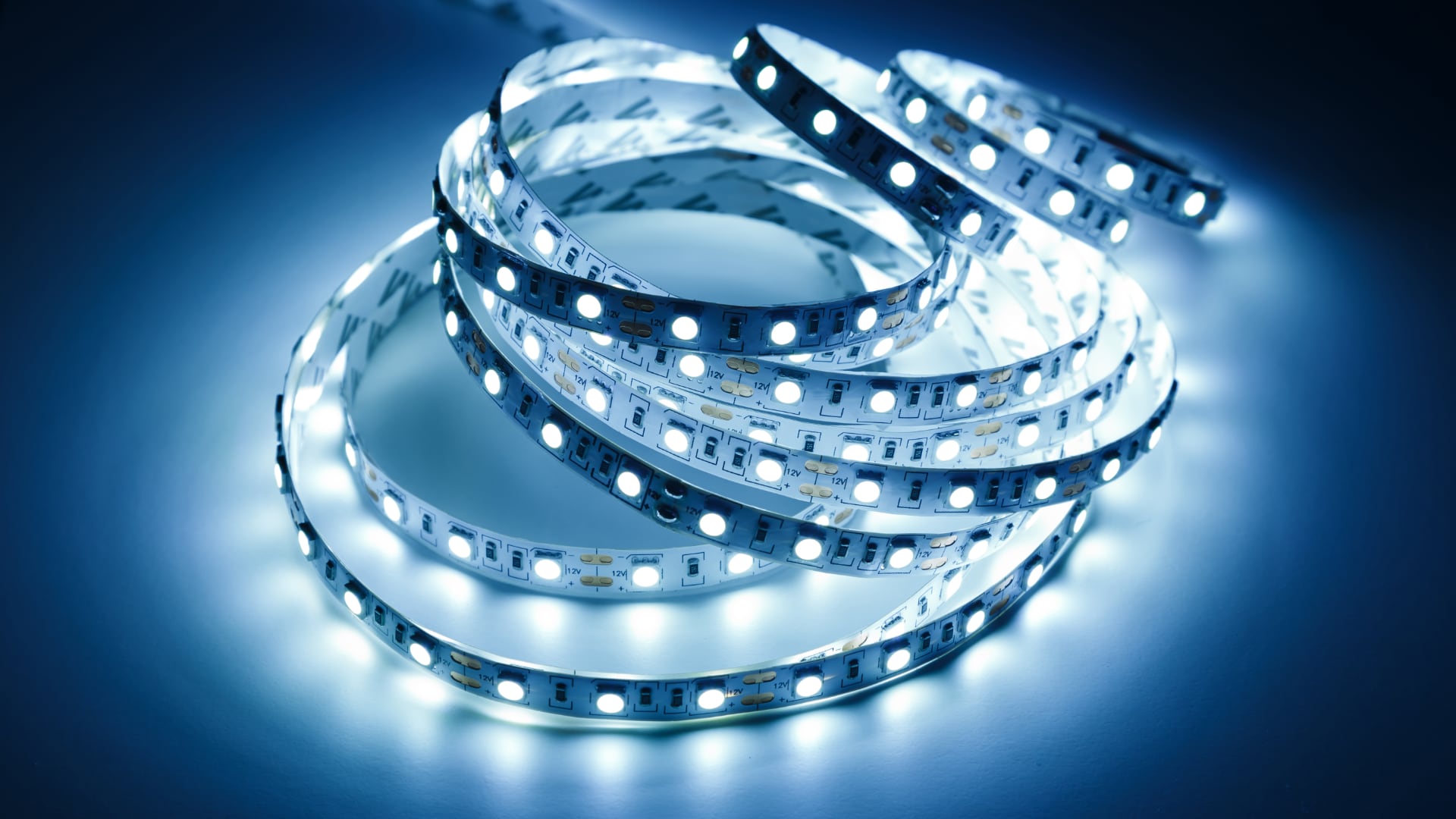
The subject of cheap lighting is a perennially popular one here at Redshark, so here are the best choices you can make in the here and now.
Way back in 2016, we looked at ways to light things for very little money, and by that we meant very little money. It was a popular article, suggesting that it’s surprisingly common for directors of photography to skip lunch in order to double the lighting budget. When that article was republished recently, though, it became clear that things had changed. So, here’s the 2022 edition, all fresh and shiny and waiting for your pennies…
If you spend long enough in eBay’s prehistory section, you can still get 500-watt tungsten-halogen work lights. They’re still inexpensive, they still have great colour quality, and they’re hot restrike, dimmable, lightweight, consistent, filter easily, and create an easily-diffused hard light. Notch up the budget level from cheeseburger to movie ticket level and we can easily pick up some old theatrical fresnels which will behave very similarly to the sort of lights used to shoot a huge number of the best movies of the last hundred years. The Source Four PAR is a much higher-efficiency option, and even ETC-branded ones often go for a song.
However, it’s still a tungsten-halogen device, in the end, and people in Greenpeace T-shirts will look at you sideways. Three 575W lights is mathematically the same thing as a small space heater, and as the cast’s makeup begins to drip onto their wardrobe, you’ll become uncomfortably aware that in the halcyon days of 2022 the power bill will probably be higher than the cost of the lights.
More efficiency
ETC itself addressed efficiency with the Source Four PAR HID, based on 150-watt ceramic metal halide bulbs. Bulbs with three-digit colour codes beginning with a 9 often have reasonable colour quality, and they’re about as bright as the 575-watt versions for a quarter of the power, and they’re available in various colour temperatures. Best of all, while a Source Four PAR HID was expensive at launch, LEDs have put many on the used market for pocket money, and the knockoffs are even cheaper. They are generally not hot restrike and some require standard flicker-mitigation techniques, such as a 178-degree shutter when shooting 24p in 60Hz locales.
The motherlode of this sort of thing is the Chroma-Q Daylight PAR. While 575W HMIs in general have stubbornly maintained their pricing, types designed for trade show and live event use have become affordable. Chroma-Q’s option closely approximates something like an LTM CinePAR, featuring an electronic ballast and hot-start capability, although Enliten’s Exhibition PAR and the TMB Power PAR are also useful. Used Chroma-Q Daylight PARs have been sold for as little as $175 (those particular examples are PRG branded), which, while not spare change, is probably the cheapest source of bulk, high-quality light around.
Bulb shortages
The broader problem is long-term availability of bulbs. A bit of diligent Googling will still turn up Philips Master TL-D fluorescent tubes, which has entirely usable colour quality, though it seems likely that may soon change. Similar problems attend 150-watt ceramics. HMI should endure a bit longer, and special purpose fluorescent tubes such as those intended to emit UV-A may be a little harder to get rid of, as blacklight special effects rely on shorter wavelength light than is emitted by all but the rarest LEDs.
Still, we’re probably about to lose something that’s long been a key option for the thoroughly cash-strapped, so stock up. Commercial LED fluorescent tube replacements have exactly the amount of colour quality than they need to satisfy an office full of cubicles, which isn’t much given the fact that people forced to work in that sort of environment tend to exhibit a sort of deathly pallor to begin with.
LED tape
The replacement for fluorescent tubes is possibly LED tape. Overlooking the wonderful but ambitiously-priced versions made specifically for the film industry, there was certainly a time when this stuff was almost unusable for anything beyond special effects. Following that was a golden age during which sellers began to recognise the market for something better, and ordering LED tape advertised as “CRI 90” could yield positive results. Then, sellers realised that advertising something as having a high CRI tends to lead people to buy it, that most people don’t own colour meters, and that low-value orders are rarely worth returning over long distances. This has not helped.
Still, finding an honest seller who’s shipping reasonable-quality LED tape is effectively the replacement for our old ideas about low-cost fluorescent lighting. In extremis, affordable LED tape is still often somewhat deficient in deep red, which can make some people look blotchy while otherwise illuminating things in a somewhat reasonable manner. It’s also tempting to buy lots of LED tape and lengths side by side to create a high-power light panel, though that risks overheating. Power density varies, but generally two or three four-foot lengths spaced an inch apart, ideally on a metal backing plate to sink some of the heat, can stand in for 36-watt fluorescent tubes.
This approach probably isn’t quite as efficient as a more legitimate LED light, although it’s still reasonably good. LEDs are more efficient and last longer when run gently, so using more lengths at lower power is a good idea. It’s also not a good idea to connect it directly to 14.4V batteries. Fresh off the charger, these batteries are likely to push up to 17V, a very significant over-drive. Controlling how hard a piece of LED tape is driven is something that’s useful to everyone, and not just at the entry level, though it’s a little outside the scope of this article. If that’s of any interest to anyone, throw in a comment about it and we’ll see what we can do.
Tags: Production


Comments